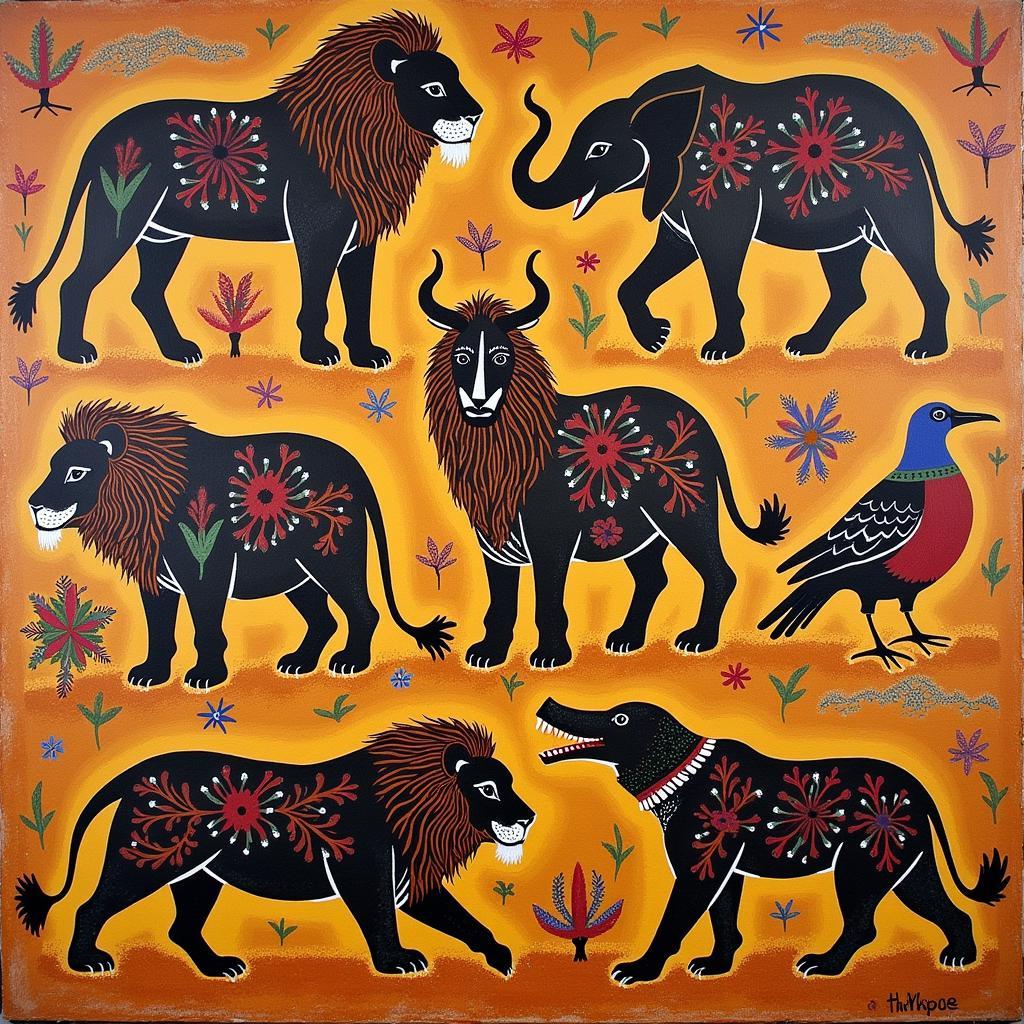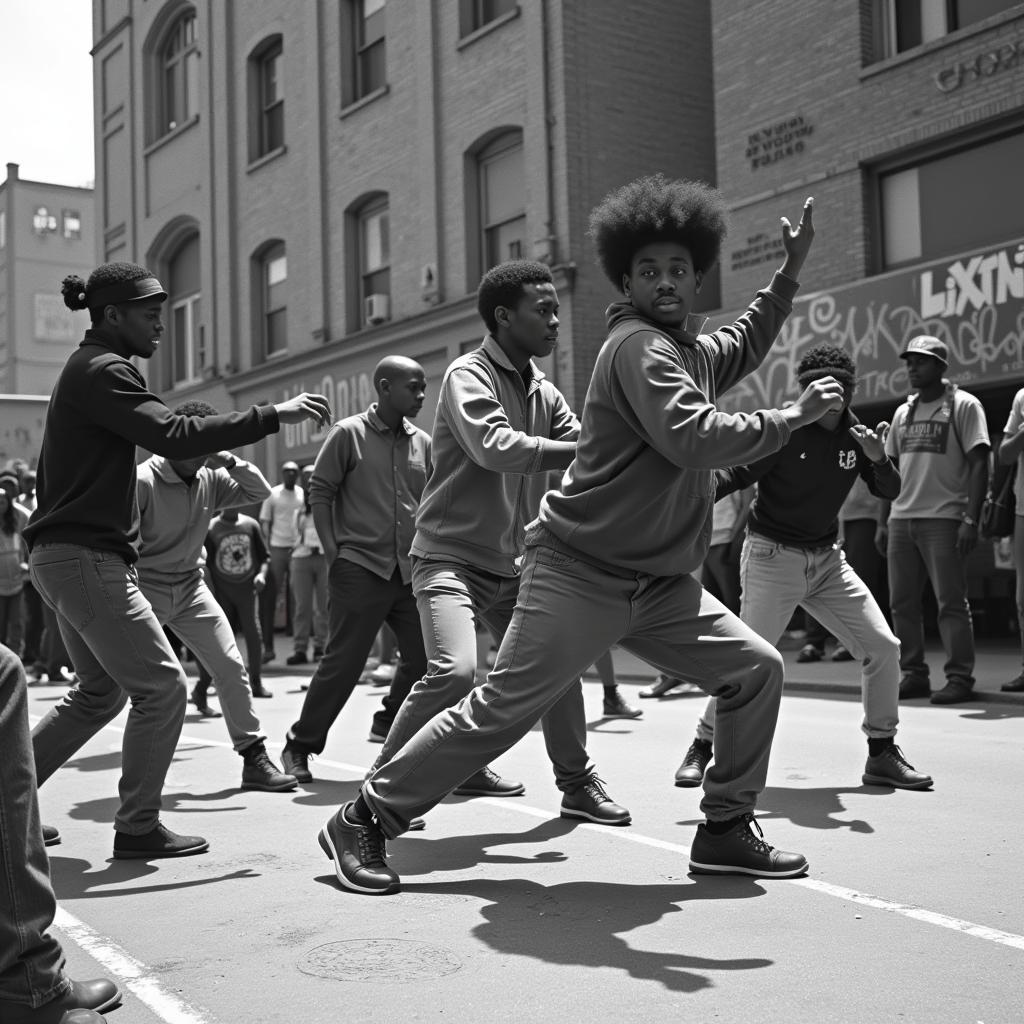African Capitals in Alphabetical Order: A Journey Through the Heart of the Continent
Africa is a continent of diverse cultures, landscapes, and people. With over 54 countries, each with its own unique history and identity, it’s no surprise that Africa is home to some of the world’s most fascinating and vibrant capital cities. In this article, we’ll take a journey through Africa, exploring its capitals in alphabetical order, uncovering their rich history, cultural gems, and the spirit of the continent.
A is for Addis Ababa: Ethiopia’s Vibrant Heartbeat
Addis Ababa, the capital of Ethiopia, is a bustling metropolis known for its rich history, vibrant culture, and stunning natural beauty. The city’s name translates to “New Flower,” and it truly lives up to its name with its lush greenery and colorful markets.
Addis Ababa is a significant city for the African Union and the United Nations Economic Commission for Africa, making it a focal point for international diplomacy. The city also boasts the iconic Holy Trinity Cathedral, a breathtaking architectural masterpiece that reflects the country’s deep Christian roots.
B is for Bamako: The Gateway to Mali’s History and Culture
Bamako, the capital of Mali, is a city steeped in history and culture. Situated along the Niger River, it serves as a gateway to the country’s ancient traditions and rich heritage. The city boasts the Grand Mosque of Bamako, an impressive architectural landmark that reflects the influence of Islamic culture in the region.
Bamako is also home to the National Museum of Mali, which showcases the country’s fascinating history, art, and artifacts.
“Bamako is a city that truly embodies the spirit of Mali, a place where the past meets the present, and tradition intertwines with modernity,” shares Professor Amani Diallo, a renowned historian specializing in West African history.
C is for Cairo: Egypt’s Ancient Wonder
Cairo, the capital of Egypt, is a city that seamlessly blends ancient history with modern life. Known as the “City of a Thousand Minarets,” Cairo is home to some of the world’s most iconic historical sites, including the Great Pyramids of Giza, the Sphinx, and the Egyptian Museum.
These monuments offer a glimpse into Egypt’s ancient civilization, showcasing the ingenuity and architectural prowess of a bygone era. Cairo also pulsates with modern life, featuring bustling markets, vibrant nightlife, and a diverse culinary scene that tantalizes the taste buds.
D is for Dakar: Senegal’s Energetic Capital
Dakar, the capital of Senegal, is a dynamic and vibrant city that pulsates with energy and creativity. Located on the Cap-Vert Peninsula, Dakar boasts a rich history as a key trading post and a cultural hub.
The city is home to the vibrant “Marché Sandaga,” a sprawling marketplace where you can find everything from traditional Senegalese crafts to fresh produce and local delicacies. Dakar is also renowned for its stunning beaches, offering a perfect escape from the bustling city center.
“Dakar is a city that celebrates life, where tradition meets modernity, and where the pulse of Africa beats strong,” says Fatima Diop, a renowned Senegalese artist.
E is for Entebbe: Uganda’s Gateway to Nature
Entebbe, the capital of Uganda, is a charming city renowned for its serene beauty and proximity to stunning natural wonders. Located on the shores of Lake Victoria, Entebbe offers a tranquil retreat amidst the vibrant landscapes of Uganda.
The city is a gateway to the lush rainforests, wildlife sanctuaries, and breathtaking national parks that Uganda is famous for. Entebbe Botanic Gardens offers a tranquil escape, showcasing a diverse collection of flora and fauna.
F is for Freetown: Sierra Leone’s Historical Gem
Freetown, the capital of Sierra Leone, is a city steeped in history and resilience. Founded as a haven for freed slaves from the British colonies, Freetown has a unique cultural tapestry.
The city boasts the Sierra Leone National Museum, which tells the compelling story of the nation’s struggle for independence and its rich cultural heritage. The city also has stunning beaches and a vibrant local art scene.
G is for Gaborone: Botswana’s Modern Metropolis
Gaborone, the capital of Botswana, is a modern metropolis that seamlessly blends African traditions with contemporary urban life. Nestled in the southeastern part of the country, Gaborone offers a captivating blend of culture and modernity.
The city is home to the Gaborone National Museum, which showcases Botswana’s history, art, and traditional crafts. Gaborone also boasts a thriving business district and a bustling nightlife.
H is for Harare: Zimbabwe’s Capital of History and Heritage
Harare, the capital of Zimbabwe, is a city steeped in history and rich in cultural heritage. Founded in 1890 by British settlers, Harare has evolved into a vibrant urban center that blends colonial influences with modern life.
The city is home to the National Gallery of Zimbabwe, which showcases the country’s contemporary and traditional art scene. Harare also boasts the iconic National Botanic Gardens, offering a tranquil escape amidst the urban sprawl.
I is for Ibadan: Nigeria’s Cultural Heartland
Ibadan, the capital of Oyo State, is a vibrant city known as Nigeria’s cultural heartland. Ibadan boasts a rich history as a major Yoruba kingdom and a center of trade and commerce.
The city is home to the University of Ibadan, a prestigious institution that has played a significant role in shaping Nigeria’s intellectual landscape. Ibadan also boasts vibrant markets, vibrant music scenes, and delicious cuisine.
J is for Juba: South Sudan’s New Capital
Juba, the capital of South Sudan, is a city on the rise. It’s a bustling center of trade and commerce, reflecting South Sudan’s growing economic and political significance.
Juba is a city in the making, and its vibrant markets and developing infrastructure hint at its bright future. The city also boasts the iconic John Garang Mausoleum, a tribute to the South Sudanese independence leader.
K is for Kampala: Uganda’s Bustling Metropolis
Kampala, the capital of Uganda, is a vibrant and bustling city known for its stunning natural beauty, rich culture, and diverse population. Situated on seven hills, Kampala offers panoramic views of the surrounding landscapes.
The city is home to the impressive Kasubi Tombs, a UNESCO World Heritage site that showcases the history and traditions of the Buganda Kingdom. Kampala also boasts vibrant markets, lively nightlife, and a delicious food scene.
L is for Libreville: Gabon’s Coastal Capital
Libreville, the capital of Gabon, is a vibrant coastal city known for its beautiful beaches, bustling markets, and rich cultural heritage. Located on the Gabon Estuary, Libreville offers a stunning mix of natural beauty and urban charm.
The city is home to the National Museum of Arts and Traditions, showcasing Gabon’s rich cultural heritage. Libreville also boasts the Presidential Palace, an impressive architectural landmark.
M is for Maputo: Mozambique’s Coastal Gem
Maputo, the capital of Mozambique, is a vibrant coastal city with a unique blend of Portuguese colonial architecture and African influences. Located on the Indian Ocean, Maputo boasts stunning beaches and a diverse culture.
The city is home to the Maputo National Museum, showcasing Mozambique’s history and culture. Maputo also boasts a thriving arts scene and a delicious food scene.
N is for Nairobi: Kenya’s Vibrant Hub
Nairobi, the capital of Kenya, is a vibrant metropolis known as the “Green City in the Sun.” Nestled amidst lush greenery, Nairobi is a bustling hub of business, culture, and tourism.
The city is home to the iconic Nairobi National Park, where you can encounter giraffes, lions, elephants, and other amazing wildlife. Nairobi also boasts the Karen Blixen Museum, dedicated to the famous Danish author of “Out of Africa.”
O is for Ouagadougou: Burkina Faso’s Cultural Heart
Ouagadougou, the capital of Burkina Faso, is a vibrant city known for its rich culture, diverse population, and welcoming atmosphere. The city’s name translates to “the place of the honest people.”
Ouagadougou is home to the Museum of Music, a testament to Burkina Faso’s rich musical heritage. The city also boasts a thriving arts scene and a vibrant nightlife.
P is for Port Louis: Mauritius’s Coastal Capital
Port Louis, the capital of Mauritius, is a bustling port city with a diverse population and a rich colonial history. Located on the northern coast of the island, Port Louis is a melting pot of cultures, showcasing the influence of French, British, and Indian heritage.
The city is home to the Champ de Mars Racecourse, a famous venue for horse racing. Port Louis also boasts the Aapravasi Ghat, a UNESCO World Heritage site that commemorates the history of indentured laborers in Mauritius.
Q is for Quito: Ecuador’s Historic Capital
While not strictly in Africa, Quito, the capital of Ecuador, shares a fascinating history with the continent. Quito is the oldest colonial city in South America, showcasing stunning Spanish colonial architecture and a vibrant cultural scene.
The city is home to the historic Old Town, a UNESCO World Heritage site. Quito also boasts the iconic Basílica del Voto Nacional, a breathtaking neo-Gothic cathedral.
R is for Rabat: Morocco’s Royal City
Rabat, the capital of Morocco, is a captivating city that blends ancient history with modern life. Located on the Atlantic coast, Rabat boasts stunning beaches, historic monuments, and a vibrant cultural scene.
The city is home to the Hassan Tower, a magnificent minaret that showcases the architectural prowess of the Almohad dynasty. Rabat also boasts the Royal Palace, a symbol of Moroccan power and tradition.
S is for Sao Tome: Sao Tome and Principe’s Tropical Paradise
Sao Tome, the capital of Sao Tome and Principe, is a charming city on the island of Sao Tome. The city is known for its lush tropical landscapes, stunning beaches, and rich colonial history.
Sao Tome is a haven for nature lovers, boasting the Obô National Park, a protected area with diverse flora and fauna. The city also boasts the Presidential Palace, an architectural landmark.
T is for Tripoli: Libya’s Historic City
Tripoli, the capital of Libya, is a historic city that blends ancient influences with modern life. Located on the Mediterranean coast, Tripoli boasts stunning beaches, historic monuments, and a vibrant culture.
The city is home to the ancient Roman ruins of Leptis Magna, a UNESCO World Heritage site that showcases the influence of the Roman Empire in North Africa. Tripoli also boasts the iconic Red Castle, a landmark that dates back to the 16th century.
U is for Uagadougou: Burkina Faso’s Cultural Heart (again!)
We already covered Ouagadougou, but this time we’ll highlight its unique connection to African music and the cultural festival called “SIAO.” The “Salon International de l’Artisanat de Ouagadougou” (SIAO) is a major event showcasing traditional arts and crafts from all over Africa, highlighting the cultural richness of the continent.
“SIAO is a testament to the creativity and resourcefulness of the African people. It’s a celebration of culture and tradition, where artists from across the continent come together to showcase their talents and share their stories,” explains Professor Amadou Sow, a renowned scholar of African arts and crafts.
V is for Victoria: Seychelles’s Tropical Haven
Victoria, the capital of Seychelles, is a charming city located on the island of Mahé. Known for its breathtaking beaches, turquoise waters, and lush tropical vegetation, Victoria is a true tropical paradise.
The city is home to the National Museum of History, showcasing the Seychelles’ rich history and culture. Victoria also boasts the vibrant Sir Selwyn Selwyn-Clarke Market, where you can find everything from local crafts to fresh produce.
W is for Windhoek: Namibia’s Capital of Contrast
Windhoek, the capital of Namibia, is a captivating city that blends German colonial architecture with modern urban life. Located in the central highlands of the country, Windhoek is a gateway to Namibia’s stunning natural landscapes.
The city is home to the iconic Christuskirche, a striking Lutheran church that reflects the German colonial influence. Windhoek also boasts the Tintenpalast, a historic building that served as the seat of the German colonial administration.
X is for X is for Extraordinaire: The Uniqueness of African Capitals
This alphabetical journey has shown us the diverse range of African capitals, each one a treasure trove of history, culture, and natural beauty. From the ancient wonders of Cairo to the vibrant marketplaces of Dakar and the tranquil beauty of Entebbe, each capital offers a unique perspective on the African continent.
Remember: This is just a glimpse into the diverse tapestry of African capitals. There’s so much more to discover, from the bustling streets of Lagos to the architectural marvels of Algiers and the captivating blend of tradition and modernity in Accra.
Conclusion
So, whether you’re seeking ancient history, vibrant culture, stunning natural beauty, or a taste of modern African Life, an African capital is waiting to welcome you. Take a journey through the continent, explore its capitals, and discover the diverse and fascinating heart of Africa!


